Symphonic music - problems of quality of reproduction, choice of format and equipment
Symphonic music is generally considered one of the most difficult to perform. No less difficult to write. The reasons for these features of the genre in the first place include a large number of instruments used in symphonic arrangements, density and versatility of sound. In this regard, the equipment for listening to symphonic music must meet a number of criteria, and the choice of such equipment, especially with a limited budget, causes serious difficulties.
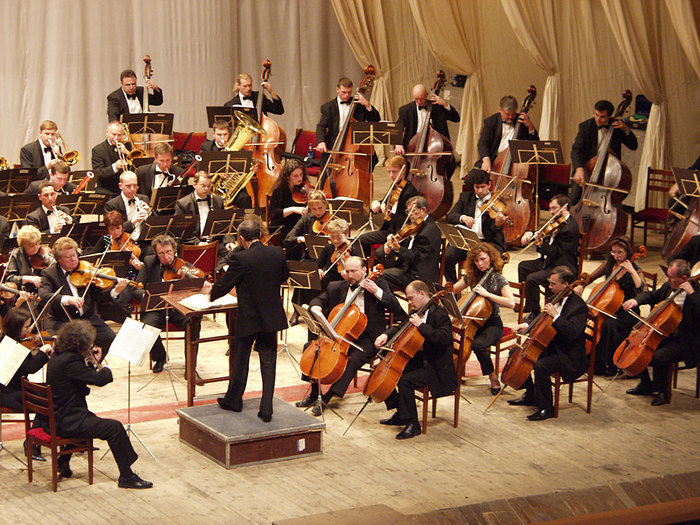
As in the previous materials of our blog, I will try to distance myself as much as possible from personal attachments to certain brands, the subjective nuances of perception, as well as the anatomical and physiological characteristics of a particular person.
')
The main principle in solving the problem of playing symphonic music is searching for formats and devices with the most reliable signal transmission. The search for the most "honest" sound is a task for those to whom every nuance in the piece is important. As a rule, extremely accurate signal transmission systems are especially important for musicians, music critics, conductors, demanding music lovers and, of course, sensitive audiophiles.
The overwhelming majority of fans of symphonic classics prefer listening to works on CDDA or in lossless formats. Lossless audio codecs presuppose the complete preservation of audio stream information during compression, the quality of recordings in this format does not actually differ from wav (cda).

Wikipedia article can tell a lot about lossless, I offer a list of existing lossless formats published in it:
Some authors believe that the loss in compression in mp3 with a bit rate of 320 kbit / s is so insignificant that these values can be neglected, and that the actual (human-perceived) quality level in this case is indistinguishable from the quality of AUDIO CD (bit rate 1411.2 kbit / s ), which is recognized by most acceptable to listen to symphonic and other music. The last proposition often causes controversy, the popularity of the MP3 format among people who listen to music in high quality remains low, and in some people it causes undisguised disgust.

To improve the quality of the signal, more technically advanced formats were also developed, such as DVD-Audio (DVD-A), Super Audio CD (SACD). The latter are especially popular among audiophiles, due to the higher sampling rate
. The use of these formats allowed us to provide higher quality signal transmission. The ability to hear the difference between classic CDDA and the so-called “Hayrez” (SACD, DVD-A) has been controversial since the advent of these technologies.
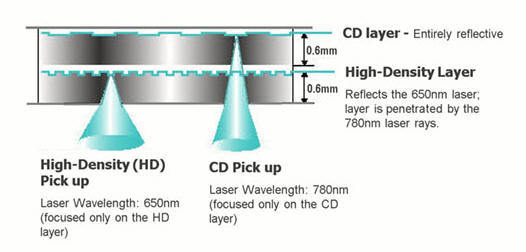
There are many people who claim to hear the difference in signal quality when playing CDDA, SACD, and DVD-A. Some experts are convinced that the ideal format for recording symphonic music is single-bit Direct Stream Digital (DSD), which is used to create SACD. In the case of DVD-A, there is also the possibility of recording multi-channel audio in 5.1 format, but with a reduced sampling rate (maximum value of 96 kHz). Another interesting fact: the first versions of the PlayStation 3, released before October 2010, are able to fully reproduce SACD and, in my opinion, can be an excellent source for playing symphonic works with a budget deficit.
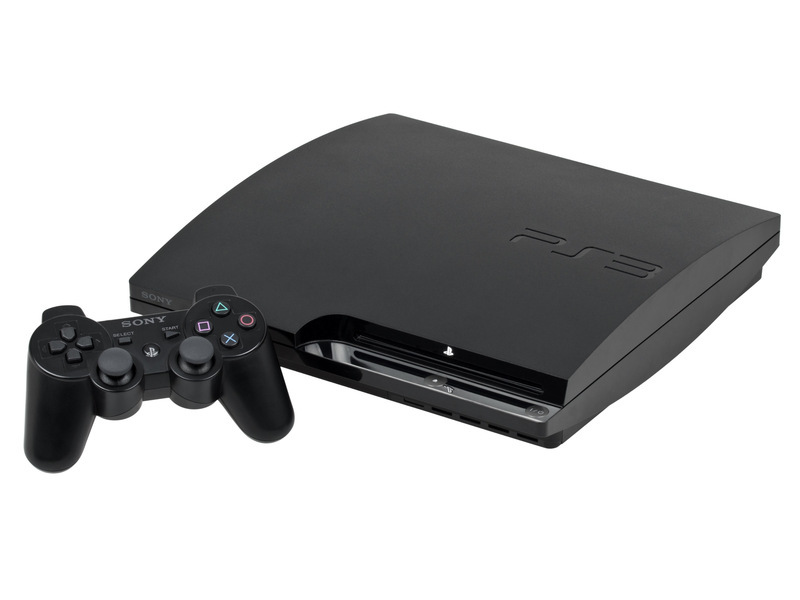
Aesthetic music lovers and some nostalgic audiophiles believe that vinyl is the best medium for symphonic music. The technical imperfection of the method of recording and reproducing these people is of little concern. Arguments about the "soulfulness" and "uniqueness" of vinyl sounding will not be considered in this article. I will only note that the quality of the recording on different records may differ significantly. I myself treat vinyl with great love, with an understanding of technical irrelevance and limited capabilities of the media. Therefore, I prefer to abstain from sarcastic passages and irony. At the same time I want to emphasize that some rare collectible recordings of symphonic music may be available exclusively on vinyl records, and in such cases, the love of imperfect technology is quite justified.
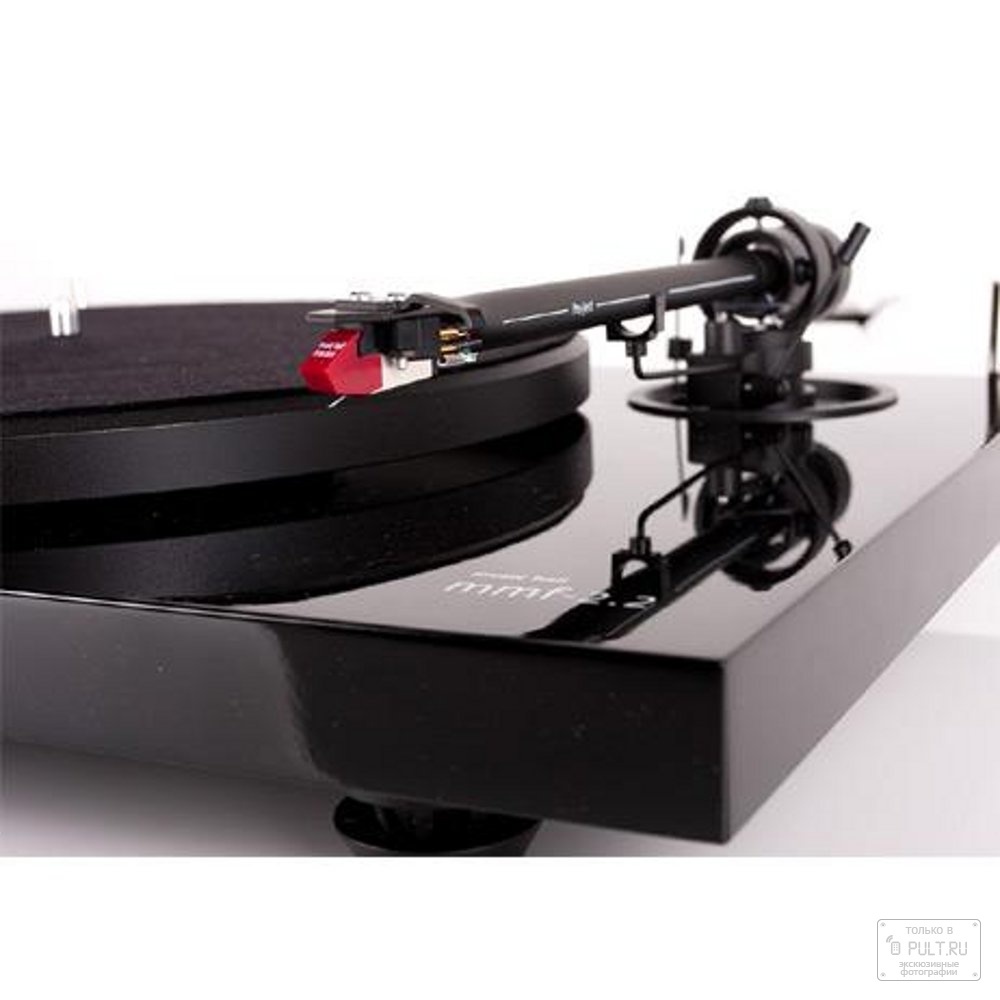
All audio playback devices recorded in digital formats use a digital-to-analog converter (DAC). In order to play symphonic music with a high level of confidence, many recommend attentively to the choice of this component (device, in the case of an external DAC). Most competent authors consider the delta-sigma (1-bit) DAC to be sufficiently technically perfect, where digital signal processing is linear and the pulse density of the modulated signals obtained using low-pass filtering is used to obtain a high-quality signal. The most accurate and high-precision DAC, from the existing now, is recognized by the DAC ladder (Ladder).
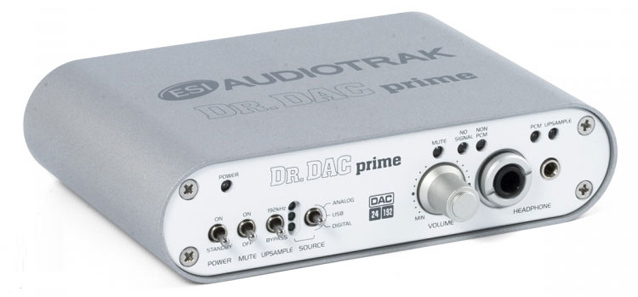
There is also an opinion that multibit DACs designed for 16-bit audio processing in CD DA format transmit sound with some “unattainable” features for other devices of this type. Moreover, many supporters of this approach argue that it is multi-bit DACs that are ideal for playing such musical genres as symphonic music, art-rock, academic choral works, and jazz. A similar position is vividly demonstrated by the comment of the user Ant1967 under one of the articles of the forum stereo.ru:
“Choosing the best DAC? Chose already. On "non-technological", outdated, not accepting high-res chip TDA1541. The trouble is that when I sent him on time for prevention, I stayed temporarily with a modern, high-tech, 24/192 receiving DAC. From the music as if the air was released. Yes, yes, I know, not a single sound is extracted by a chip, etc. etc. The implementation is important, blah blah blah ... I will sprinkle ashes on my head and listen to music. ”
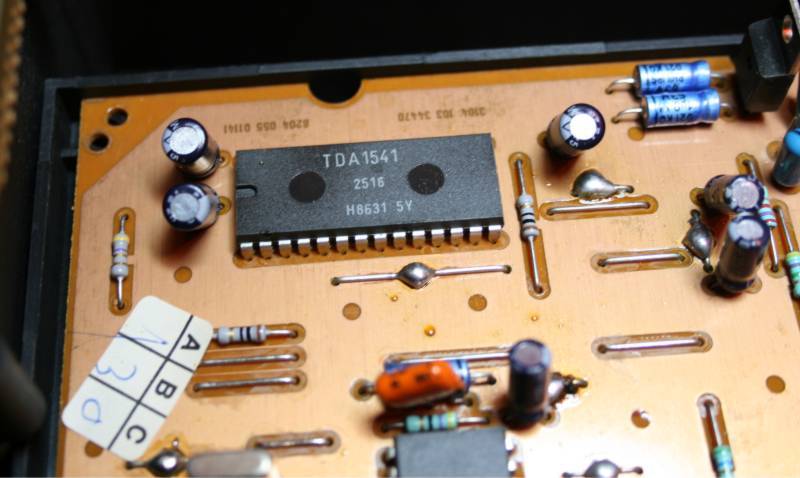
Here I have nothing to add, except that information about the technical (experimental, other objective) confirmation of the "release of air" from the sound when using the delta-sigma DAC could not be found on the network. The latter statement does not detract from the merits of the Philips TDA1541 or Burr-Brown PCM63, which were among the most advanced devices for their time.
It is known that among the quality components (not taking into account the recording quality, format and source) and the reliability of sound in the audio paths, amplification plays a significant role (about 40%) and at least half depends on the acoustic system. The amplifier is a potentially more likely source of distortion, which can significantly affect the reproduction, and therefore, the perception of musical material. The AU is responsible for the mechanical formation of sound waves and, in some cases, can distort the sound due to the imperfection of filters and emitters.
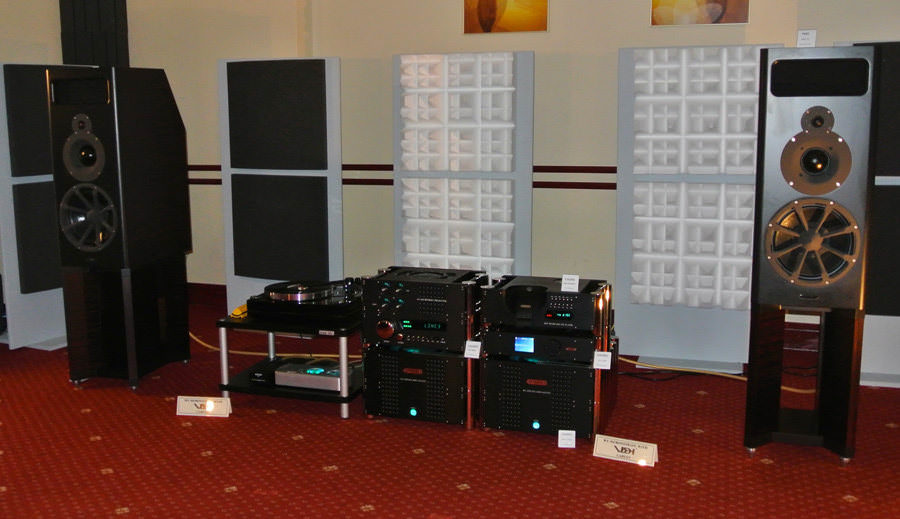
The best way to ensure amplifier compatibility with speakers is to hear. Go to the showroom and arrange a blind test. The main consideration when choosing an amplifier and speakers should be paid to the following points:
• Amplifier type and speakers.
• Nonlinear distortion.
• Frequency response and frequency distortion.
• Phase distortion. \
Some of the above parameters may not be specified in the passport documentation. Given that sound perception is a deeply individual process, the last and most important criterion will be a blind test.
For symphonic music, the frequency range and frequency response are extremely important, so many experts recommend multiband acoustics . For high-quality, detailed high-frequency reproduction, many prefer the horn-type tweeter. An important feature of high-quality multiband speakers is the balance of the frequencies of the low and mid frequencies section (350 to 1700 Hz), which largely determines the sound and the stage.
Other experts are inclined to consider broadband acoustics ideal for symphonic works, since the latter is less likely to defocus the scene and cause phase shifts due to the lack of crossovers.

In some cases, the use of embedded speakers is justified, especially if the room acoustics requires a specific source location, and the acquisition and installation of the system is associated with repair (installation) work. The latter simplifies
A special place among acoustic systems for classics is occupied by electrostatic loudspeakers. The principle of an electrostatic emitter involves obtaining sound without using magnets, which minimizes the appearance of most types of distortion at this stage of the path. Speakers with this type of radiator are fabulously expensive, they imply special amplification with high output voltage, which does not detract from their merits, the main one of which is the reliability of the transmission.
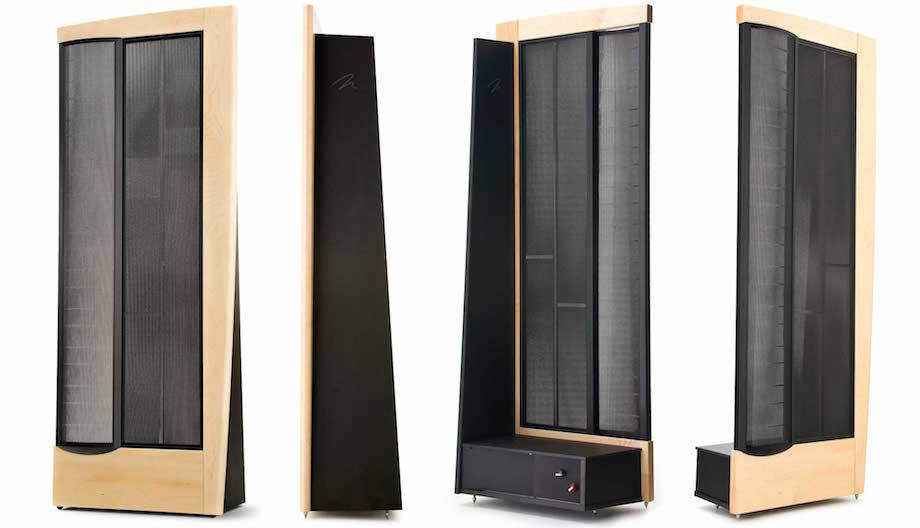
Reinforcement - “warm” lamps, “cold” semiconductors, “death” of authenticity and pseudo-philosophy of historical reproduction
I have heard a lot of stories about the advantages of tube amplifiers and enthusiasm about the “warm tube”. In the lines of different manufacturers, there are very high-quality tube systems with clear, not colored sound, which are perfect for symphonic music. The paradox is that among the advantages of tube technology is usually distinguished precisely distortion. Systems of this kind, as a rule, cost several times more semiconductor with similar or identical characteristics.
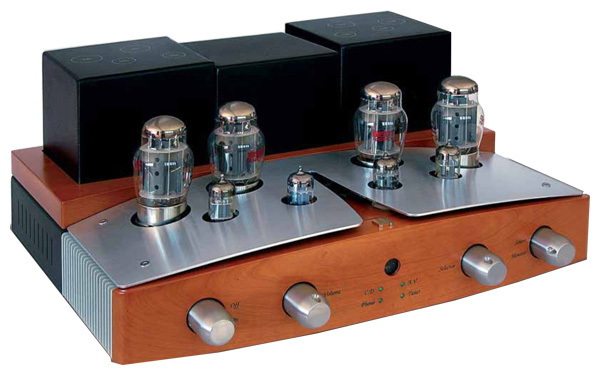
The term “Warm tube sound” just speaks of the signal saturation with even harmonics, which in psychoacoustics are considered more harmonious, in contrast to odd ones. I like the rich, vibrant character of some tube systems, but at the same time their frequency and harmonically “colored” sound is not at all suitable for symphonic music. Let us be blunt: what is called a tube sound is the essence of distortion, and if its “TLZ” is not, that “warm” “unique advantage” that some audiophiles value in lamp equipment disappears.
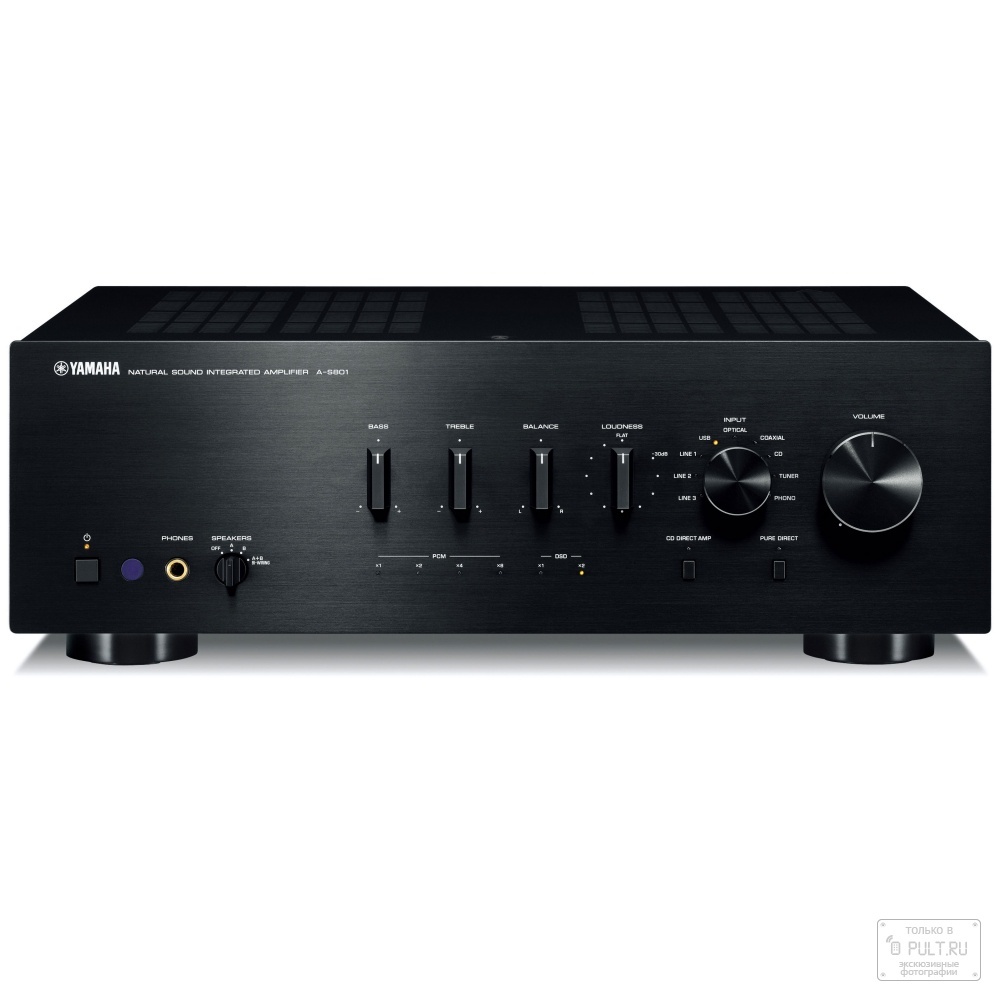
HI-FI and HI-end semiconductor amplifiers of a class, as a rule, have a more “honest”, realistic sound, which in turn allows you to transmit sound in accordance with the criteria that are necessary for symphonic music. Smoother frequency response, low non-linear distortion, absence or minimization of phase problems. Another way to improve transmission accuracy is to use independent bass enhancement. This method justifies itself in the separation of MF / HF and low-frequency acoustics, but requires additional investments in a low-frequency amplifier.
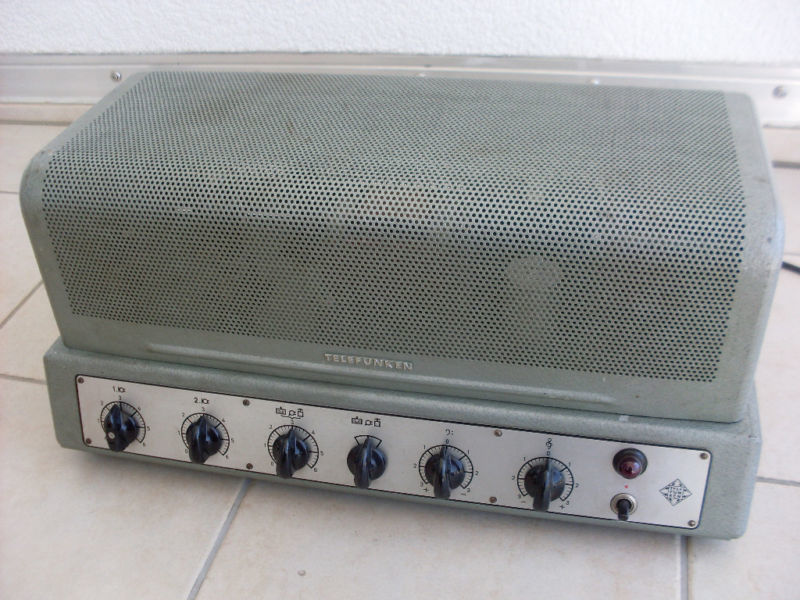
Far from objective criteria, I consider the approach in which the recordings of orchestras running, for example, Furtwängler, need to be listened to on antique equipment of the 40s and certainly with telefunken lamps. Such reasoning is not uncommon among some audiophiles. The cut-off frequency spectrum, the inevitably transcendental level of distortion and other shortcomings of systems created before the end of the 60s completely discredit the concept of “authentic” listening. Speaking quite frankly so-called. Vintage sound for vintage music, and even more so for classical music, is the lot of retrograde-philosophizing aesthetes who hardly understand the physical nature of sound and understand the essence of symphonic works.
The characteristics of the stereo panorama (scene) of the reproduced sound primarily depend on the work of the sound producer who recorded the work. It should be borne in mind that when panning in the studio, almost ideal evaluation conditions are used, the scene on the high-quality recording is built in exact accordance with the directional pattern of the studio speaker system. The effects of a realistic panorama for symphonic music are more important than for any other, since this genre is created primarily for live performance.
Accordingly, to create a realistic scene when listening to the house, the parameters of the equipment, the spatial arrangement of the speakers and the acoustics of the room should be close to the studio one. This approach is not necessary for everyone, and for many it is too resource-intensive either in money or in time. In this case, one way or another it is necessary to take into account the manufacturer's recommendations on the spatial location of the AU. No, not according to Feng Shui, but in accordance with the directivity pattern.
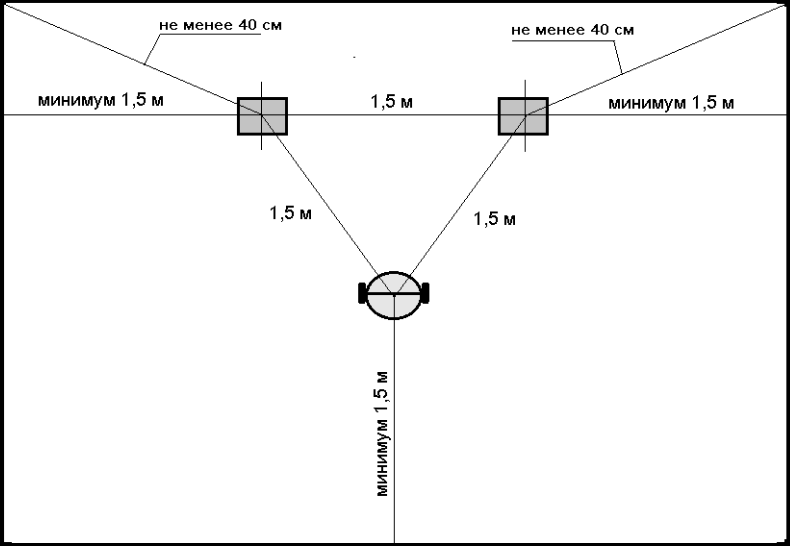
Checking the scene for accuracy basically comes down to determining the accuracy of the location of the apparent sound sources (CID), determining the "width", "height" and "depth" of the scene. As in the case of the range of perceived frequencies, the last 3 parameters largely depend on the nuances of individual perception and the anatomical features of the outer and middle ear.
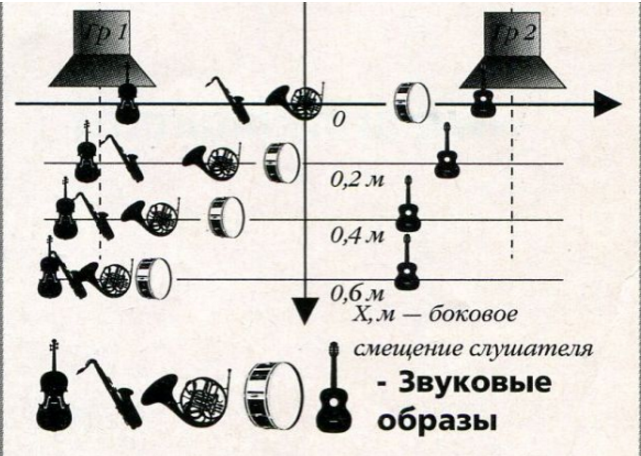
Musicians, conductors, sound engineers and people who regularly attend live symphony concerts often have a close view, reflecting as accurately as possible the arrangement of instruments on a real stage. This approach sometimes differs from the criteria that some audiophiles, who listen to music exclusively in the recording, impose on the volume of the scene. The latter tend to take into account the acoustic features of their own premises and personal preferences for the panoramic features of the sound.

The following physical parameters can significantly affect the change in the scene characteristics (location of CIZ and narrowing (reduction) of the scene, etc.): attenuation (slow attenuation is considered more preferable - it creates the effect of "airiness", rapid attenuation - "dry", excessively dense sound), non-linear dependence of the speakers on the frequency - in the people: the filter "turns the phase" (in balanced acoustics, the manufacturers achieve a linear change of phases depending on frequency), group delay time, the mutual influence of the left and the right the channel distortion of the reflected signal (zvukorasseivaniya factors and sound absorption in the room acoustics), frequency response.
It is believed that the phase features are not able to influence the sound, which is not quite true. Of course, phase distortion can not affect the composition of the spectrum and the ratio of the amplitudes of the harmonic components of the signal. At the same time, the relative and absolute phase shifts arising in crossovers of multi-band acoustic systems cause either a “blurring” of the stereo image or focusing of the scene due to the sum of the signals of the MF / LF range.
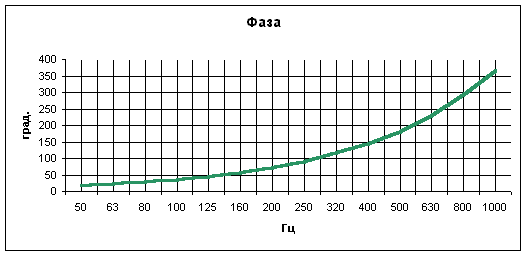

One of the problems of the formation of the scene may be the interpenetration of signals of the right and left channels. To eliminate the mutual influence of channels on each other when creating amplifiers, the principle of complete channel separation can be used - the so-called. “Double mono” is an independent amplification of each channel, not rarely with independent power.

Separate amplification of channels, as compared to traditional stereo, makes it possible to exclude signals interpenetration at the circuit level, which is more difficult when creating a stereo system according to classical principles. A significant disadvantage of the "double mono" is the price, especially for fully independent monoblocks. The price of each mono amplifier (in the case of monoblocs) can exceed the cost of a traditional stereo amplifier, equal in class and comparable in basic characteristics.
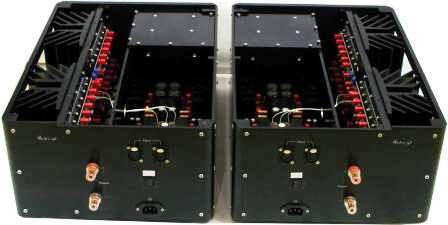
To listen to classical music, ideally, you need to build a system that allows you to play sound from different media (lossless files, CDDA, SACD, DVD-A, vinyl) with a high level of reliability of sound transmission and a wide stage. With high probability, such a system should be equipped with a stereo, dual mono or 5.1 amplifier and an appropriate speaker system (high-quality multiband speakers, even frequency response, low THD, and no phase problems in crossovers and filters).

It should be noted that many lovers of classical (especially symphonic) have a good and delicate ear, which significantly complicates the perception of such music on equipment with a high level of harmonic distortion, narrowing (changing) the scene, frequency-coloring sound. Constantly changing dynamics, amplitude component, a wide frequency spectrum of symphonic music are extremely demanding of equipment. In my personal conviction, the equipment capable of reliably reproducing works by composers such as Beethoven, Mozart, Wagner, Liszt will be equally honest in transmitting the overwhelming energy of genres such as technical thrash-death metal, and reflecting all the nuances of the psychedelic Pink Floyd atmospheric tracks.

As in the previous materials of our blog, I will try to distance myself as much as possible from personal attachments to certain brands, the subjective nuances of perception, as well as the anatomical and physiological characteristics of a particular person.
')
The main principle in solving the problem of playing symphonic music is searching for formats and devices with the most reliable signal transmission. The search for the most "honest" sound is a task for those to whom every nuance in the piece is important. As a rule, extremely accurate signal transmission systems are especially important for musicians, music critics, conductors, demanding music lovers and, of course, sensitive audiophiles.
Format and media
The overwhelming majority of fans of symphonic classics prefer listening to works on CDDA or in lossless formats. Lossless audio codecs presuppose the complete preservation of audio stream information during compression, the quality of recordings in this format does not actually differ from wav (cda).

Wikipedia article can tell a lot about lossless, I offer a list of existing lossless formats published in it:
- Apple Lossless - ALAC (Apple Lossless Audio Codec)
- Audio Lossless Coding - also known as MPEG-4 ALS
- Direct Stream Transfer - DST
- Dolby TrueHD
- DTS-HD Master Audio
- Free Lossless Audio Codec - FLAC
- Meridian Lossless Packing - MLP
- Monkey's Audio - Monkey's Audio APE
- OptimFROG
- RealPlayer - RealAudio Lossless
- Shorten - SHN
- TAK - (T) om's verlustfreier (A) udio (K) ompressor (German)
- TTA - True Audio Lossless
- WavPack - WavPack lossless
- WMA Lossless - Windows Media Lossless
Some authors believe that the loss in compression in mp3 with a bit rate of 320 kbit / s is so insignificant that these values can be neglected, and that the actual (human-perceived) quality level in this case is indistinguishable from the quality of AUDIO CD (bit rate 1411.2 kbit / s ), which is recognized by most acceptable to listen to symphonic and other music. The last proposition often causes controversy, the popularity of the MP3 format among people who listen to music in high quality remains low, and in some people it causes undisguised disgust.

To improve the quality of the signal, more technically advanced formats were also developed, such as DVD-Audio (DVD-A), Super Audio CD (SACD). The latter are especially popular among audiophiles, due to the higher sampling rate
. The use of these formats allowed us to provide higher quality signal transmission. The ability to hear the difference between classic CDDA and the so-called “Hayrez” (SACD, DVD-A) has been controversial since the advent of these technologies.

There are many people who claim to hear the difference in signal quality when playing CDDA, SACD, and DVD-A. Some experts are convinced that the ideal format for recording symphonic music is single-bit Direct Stream Digital (DSD), which is used to create SACD. In the case of DVD-A, there is also the possibility of recording multi-channel audio in 5.1 format, but with a reduced sampling rate (maximum value of 96 kHz). Another interesting fact: the first versions of the PlayStation 3, released before October 2010, are able to fully reproduce SACD and, in my opinion, can be an excellent source for playing symphonic works with a budget deficit.
Aesthetic music lovers and some nostalgic audiophiles believe that vinyl is the best medium for symphonic music. The technical imperfection of the method of recording and reproducing these people is of little concern. Arguments about the "soulfulness" and "uniqueness" of vinyl sounding will not be considered in this article. I will only note that the quality of the recording on different records may differ significantly. I myself treat vinyl with great love, with an understanding of technical irrelevance and limited capabilities of the media. Therefore, I prefer to abstain from sarcastic passages and irony. At the same time I want to emphasize that some rare collectible recordings of symphonic music may be available exclusively on vinyl records, and in such cases, the love of imperfect technology is quite justified.

DAC for classics or the myth of the released air
All audio playback devices recorded in digital formats use a digital-to-analog converter (DAC). In order to play symphonic music with a high level of confidence, many recommend attentively to the choice of this component (device, in the case of an external DAC). Most competent authors consider the delta-sigma (1-bit) DAC to be sufficiently technically perfect, where digital signal processing is linear and the pulse density of the modulated signals obtained using low-pass filtering is used to obtain a high-quality signal. The most accurate and high-precision DAC, from the existing now, is recognized by the DAC ladder (Ladder).

There is also an opinion that multibit DACs designed for 16-bit audio processing in CD DA format transmit sound with some “unattainable” features for other devices of this type. Moreover, many supporters of this approach argue that it is multi-bit DACs that are ideal for playing such musical genres as symphonic music, art-rock, academic choral works, and jazz. A similar position is vividly demonstrated by the comment of the user Ant1967 under one of the articles of the forum stereo.ru:
“Choosing the best DAC? Chose already. On "non-technological", outdated, not accepting high-res chip TDA1541. The trouble is that when I sent him on time for prevention, I stayed temporarily with a modern, high-tech, 24/192 receiving DAC. From the music as if the air was released. Yes, yes, I know, not a single sound is extracted by a chip, etc. etc. The implementation is important, blah blah blah ... I will sprinkle ashes on my head and listen to music. ”

Here I have nothing to add, except that information about the technical (experimental, other objective) confirmation of the "release of air" from the sound when using the delta-sigma DAC could not be found on the network. The latter statement does not detract from the merits of the Philips TDA1541 or Burr-Brown PCM63, which were among the most advanced devices for their time.
Amplification and acoustics
It is known that among the quality components (not taking into account the recording quality, format and source) and the reliability of sound in the audio paths, amplification plays a significant role (about 40%) and at least half depends on the acoustic system. The amplifier is a potentially more likely source of distortion, which can significantly affect the reproduction, and therefore, the perception of musical material. The AU is responsible for the mechanical formation of sound waves and, in some cases, can distort the sound due to the imperfection of filters and emitters.

The best way to ensure amplifier compatibility with speakers is to hear. Go to the showroom and arrange a blind test. The main consideration when choosing an amplifier and speakers should be paid to the following points:
• Amplifier type and speakers.
• Nonlinear distortion.
• Frequency response and frequency distortion.
• Phase distortion. \
Some of the above parameters may not be specified in the passport documentation. Given that sound perception is a deeply individual process, the last and most important criterion will be a blind test.
Speaker Type
For symphonic music, the frequency range and frequency response are extremely important, so many experts recommend multiband acoustics . For high-quality, detailed high-frequency reproduction, many prefer the horn-type tweeter. An important feature of high-quality multiband speakers is the balance of the frequencies of the low and mid frequencies section (350 to 1700 Hz), which largely determines the sound and the stage.
Other experts are inclined to consider broadband acoustics ideal for symphonic works, since the latter is less likely to defocus the scene and cause phase shifts due to the lack of crossovers.

In some cases, the use of embedded speakers is justified, especially if the room acoustics requires a specific source location, and the acquisition and installation of the system is associated with repair (installation) work. The latter simplifies
A special place among acoustic systems for classics is occupied by electrostatic loudspeakers. The principle of an electrostatic emitter involves obtaining sound without using magnets, which minimizes the appearance of most types of distortion at this stage of the path. Speakers with this type of radiator are fabulously expensive, they imply special amplification with high output voltage, which does not detract from their merits, the main one of which is the reliability of the transmission.

Reinforcement - “warm” lamps, “cold” semiconductors, “death” of authenticity and pseudo-philosophy of historical reproduction
I have heard a lot of stories about the advantages of tube amplifiers and enthusiasm about the “warm tube”. In the lines of different manufacturers, there are very high-quality tube systems with clear, not colored sound, which are perfect for symphonic music. The paradox is that among the advantages of tube technology is usually distinguished precisely distortion. Systems of this kind, as a rule, cost several times more semiconductor with similar or identical characteristics.

The term “Warm tube sound” just speaks of the signal saturation with even harmonics, which in psychoacoustics are considered more harmonious, in contrast to odd ones. I like the rich, vibrant character of some tube systems, but at the same time their frequency and harmonically “colored” sound is not at all suitable for symphonic music. Let us be blunt: what is called a tube sound is the essence of distortion, and if its “TLZ” is not, that “warm” “unique advantage” that some audiophiles value in lamp equipment disappears.

HI-FI and HI-end semiconductor amplifiers of a class, as a rule, have a more “honest”, realistic sound, which in turn allows you to transmit sound in accordance with the criteria that are necessary for symphonic music. Smoother frequency response, low non-linear distortion, absence or minimization of phase problems. Another way to improve transmission accuracy is to use independent bass enhancement. This method justifies itself in the separation of MF / HF and low-frequency acoustics, but requires additional investments in a low-frequency amplifier.

Far from objective criteria, I consider the approach in which the recordings of orchestras running, for example, Furtwängler, need to be listened to on antique equipment of the 40s and certainly with telefunken lamps. Such reasoning is not uncommon among some audiophiles. The cut-off frequency spectrum, the inevitably transcendental level of distortion and other shortcomings of systems created before the end of the 60s completely discredit the concept of “authentic” listening. Speaking quite frankly so-called. Vintage sound for vintage music, and even more so for classical music, is the lot of retrograde-philosophizing aesthetes who hardly understand the physical nature of sound and understand the essence of symphonic works.
The factors affecting the scene - to settle the orchestra at home
The characteristics of the stereo panorama (scene) of the reproduced sound primarily depend on the work of the sound producer who recorded the work. It should be borne in mind that when panning in the studio, almost ideal evaluation conditions are used, the scene on the high-quality recording is built in exact accordance with the directional pattern of the studio speaker system. The effects of a realistic panorama for symphonic music are more important than for any other, since this genre is created primarily for live performance.
Accordingly, to create a realistic scene when listening to the house, the parameters of the equipment, the spatial arrangement of the speakers and the acoustics of the room should be close to the studio one. This approach is not necessary for everyone, and for many it is too resource-intensive either in money or in time. In this case, one way or another it is necessary to take into account the manufacturer's recommendations on the spatial location of the AU. No, not according to Feng Shui, but in accordance with the directivity pattern.

Checking the scene for accuracy basically comes down to determining the accuracy of the location of the apparent sound sources (CID), determining the "width", "height" and "depth" of the scene. As in the case of the range of perceived frequencies, the last 3 parameters largely depend on the nuances of individual perception and the anatomical features of the outer and middle ear.

Musicians, conductors, sound engineers and people who regularly attend live symphony concerts often have a close view, reflecting as accurately as possible the arrangement of instruments on a real stage. This approach sometimes differs from the criteria that some audiophiles, who listen to music exclusively in the recording, impose on the volume of the scene. The latter tend to take into account the acoustic features of their own premises and personal preferences for the panoramic features of the sound.

The following physical parameters can significantly affect the change in the scene characteristics (location of CIZ and narrowing (reduction) of the scene, etc.): attenuation (slow attenuation is considered more preferable - it creates the effect of "airiness", rapid attenuation - "dry", excessively dense sound), non-linear dependence of the speakers on the frequency - in the people: the filter "turns the phase" (in balanced acoustics, the manufacturers achieve a linear change of phases depending on frequency), group delay time, the mutual influence of the left and the right the channel distortion of the reflected signal (zvukorasseivaniya factors and sound absorption in the room acoustics), frequency response.
It is believed that the phase features are not able to influence the sound, which is not quite true. Of course, phase distortion can not affect the composition of the spectrum and the ratio of the amplitudes of the harmonic components of the signal. At the same time, the relative and absolute phase shifts arising in crossovers of multi-band acoustic systems cause either a “blurring” of the stereo image or focusing of the scene due to the sum of the signals of the MF / LF range.


One of the problems of the formation of the scene may be the interpenetration of signals of the right and left channels. To eliminate the mutual influence of channels on each other when creating amplifiers, the principle of complete channel separation can be used - the so-called. “Double mono” is an independent amplification of each channel, not rarely with independent power.

Separate amplification of channels, as compared to traditional stereo, makes it possible to exclude signals interpenetration at the circuit level, which is more difficult when creating a stereo system according to classical principles. A significant disadvantage of the "double mono" is the price, especially for fully independent monoblocks. The price of each mono amplifier (in the case of monoblocs) can exceed the cost of a traditional stereo amplifier, equal in class and comparable in basic characteristics.

findings
To listen to classical music, ideally, you need to build a system that allows you to play sound from different media (lossless files, CDDA, SACD, DVD-A, vinyl) with a high level of reliability of sound transmission and a wide stage. With high probability, such a system should be equipped with a stereo, dual mono or 5.1 amplifier and an appropriate speaker system (high-quality multiband speakers, even frequency response, low THD, and no phase problems in crossovers and filters).
It should be noted that many lovers of classical (especially symphonic) have a good and delicate ear, which significantly complicates the perception of such music on equipment with a high level of harmonic distortion, narrowing (changing) the scene, frequency-coloring sound. Constantly changing dynamics, amplitude component, a wide frequency spectrum of symphonic music are extremely demanding of equipment. In my personal conviction, the equipment capable of reliably reproducing works by composers such as Beethoven, Mozart, Wagner, Liszt will be equally honest in transmitting the overwhelming energy of genres such as technical thrash-death metal, and reflecting all the nuances of the psychedelic Pink Floyd atmospheric tracks.
Source: https://habr.com/ru/post/398907/
All Articles